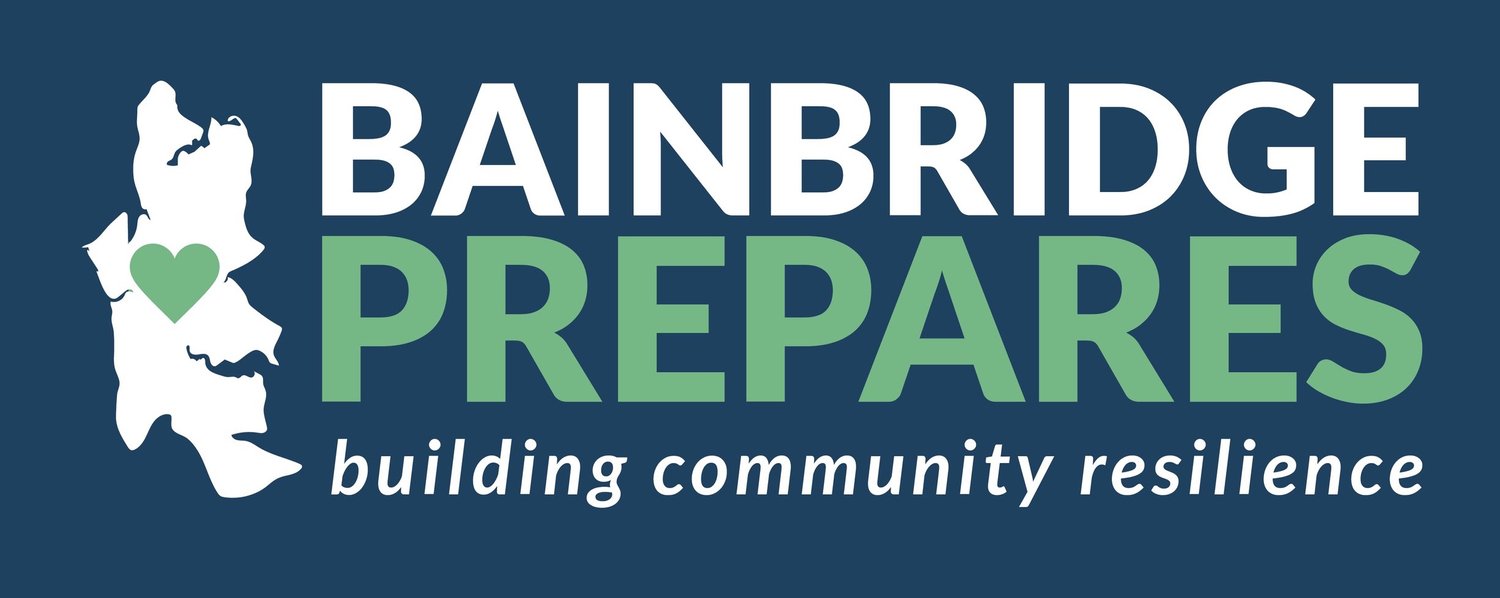Fire Safety for People with Disabilities
 Every year, there are about 358,000 home fires in the United States. Seven hundred of these involve people with physical disabilities, and 1,700 of them involve people with mental disabilities. Although those aren't huge percentages, remember that, for someone with a disability, escaping a fire can be much more challenging. If you are living with a disability, learn how to improve your fire safety.AlarmsYour first line of defense consists of alarms. The right, well-maintained alarm can save your life:
Every year, there are about 358,000 home fires in the United States. Seven hundred of these involve people with physical disabilities, and 1,700 of them involve people with mental disabilities. Although those aren't huge percentages, remember that, for someone with a disability, escaping a fire can be much more challenging. If you are living with a disability, learn how to improve your fire safety.AlarmsYour first line of defense consists of alarms. The right, well-maintained alarm can save your life:
- If you're deaf or hard of hearing, invest in a smoke alarm with a vibrating pad or flashing light.
- If you're physically disabled and need help exiting your home, install smoke alarms with strobe lights outside to catch the attention of neighbors.
- Install at least one smoke alarm on each level of your home.
- Test smoke alarm batteries every month and change them at least once a year. If you can't reach the alarms, make sure to get someone to do it for you.
Sleeping Location
If you have the means to do so, try to live in a one-story building or in a ground floor apartment near an exit. Sleeping on the ground floor if you live in a multistory home will be safer than sleeping upstairs.Always sleep near a phone so you can call for help.Escape PlansYou know better than anyone what your needs are for getting away from a fire. Base your escape plan on your abilities. Make sure you have two exits from every room.Make sure your assistive devices can fit through doorways and help you evacuate from the building. If they can't, adjust doorways and install ramps as needed.If you are vision impaired, make sure you have a way to find your way safely to the exit.These suggestions apply to work as well as your home. Talk to your employer about your fire safety needs to make sure you are safe at work too.Finally, don't forget to include your service animal in your escape planning.
Support Team
Certain disabilities will require you to have a support team to help you escape fire. Figure out who will be the most helpful and available and build a team of people who know what your needs are and how to help you. Schedule a fire drill with your team once a year. Make sure your team knows how to evacuate your service animal too.Also reach out to the fire department to explain your needs, to tell them if you have a service animal, and to request help in assessing your safety. Make sure they keep your information on file so, if they are called to respond to a fire at your home, they will know what to do.The National Fire Protection Association has released an evacuation guide for people with disabilities. Access it here.Map Your Neighborhood (MYN)Inform your MYN captain about your disability and specific needs so that, during a large-scale disaster, your neighbors will know how to help you.
